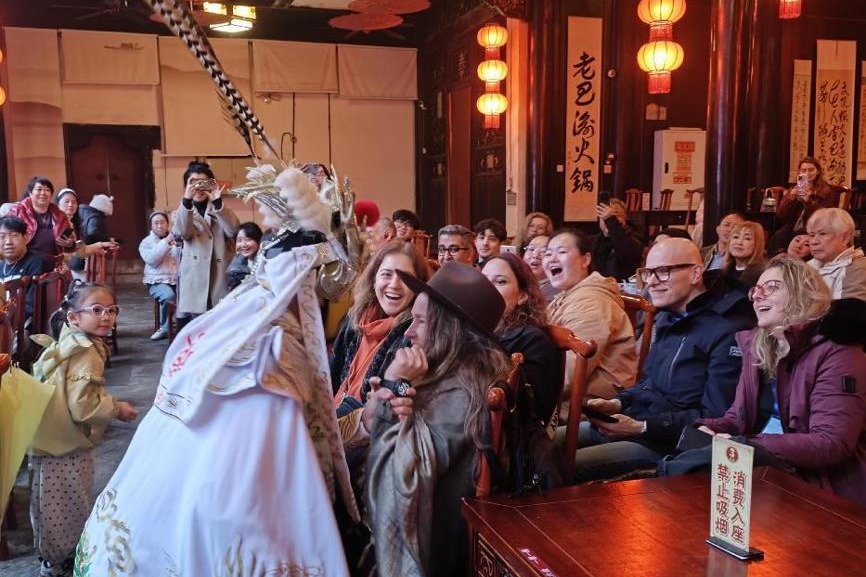Space tech underpins stellar Games


Performances, scores
Chen Huabin, a project manager for the Olympic weather service program, said it is essential for meteorological authorities to collect accurate data in a timely fashion because weather conditions are crucial to the performances, scores and even safety of participants in the Winter Games.
"For instance, forecasts of wind conditions are especially important for sports such as aerial skiing and ski jumping. That's because the organizers need them to determine whether the weather conditions at a certain time are fit for the competition, while skiers also need them to make specific plans for their maneuvers," he said. "In some sports, strong winds will have negative effects on the athletes' maneuvers and even personal safety."
The 23rd Institute is part of the CASIC Second Academy, the major contractor of air-defense systems for the Chinese military. The institute is known for its radar technology.
The institute's researchers and engineers have taken part in the development of many advanced defense products. Their equipment is also widely deployed in civilian sectors such as airport operations, public security and agricultural yield forecasts.
"Our institute specializes in radar technology and has rich experience and knowledge of weather radar systems because it began to develop such equipment back in the 1980s. It built China's first wind-profiler radar in 1989, and it was quickly deployed to support the 11th Asian Games, held in Beijing in 1990," Chen said.
"Since then, our radars have been used at many significant events in China, including the 2008 Beijing Summer Olympics and several military parades."
The equipment made by the institute is popular with event organizers because it features advanced technologies, is high-quality and has proven performance ability.
"Moreover, as a State-owned space enterprise, we follow high standards of corporate social responsibility and adhere to a client-centered philosophy," Chen said. "The components in our civilian radars are as good as those used in our military or space equipment. Before the radars are delivered to clients, they undergo a series of stringent tests to check if they can withstand even the worst environments."
According to Wei, hundreds of designers and engineers at the 23rd Institute took part in the research and development of equipment used in the Games, with more than 10 fully engaged on the project.
"We are really pleased that our technology and equipment can support the organizers and athletes in these wonderful Winter Games," he said.




































